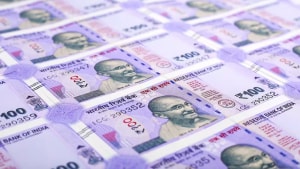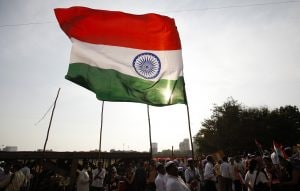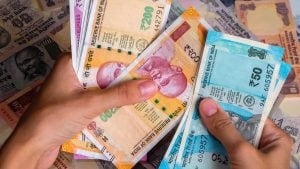RBI’s talk will be more important than the MPC’s walk
Summary
There is a group of doves who believe that with crude lower, US yields crashing by nearly 100 basis points from October highs, and with the global central banks more or less signaling the end of rate hikes, the RBI can move ahead of the curve and edge towards a dovish pause, thus preparing the market for a “neutral” tone.
In a few hours, Governor Shaktikanta Das will unveil the Reserve Bank of India’s (RBI) monetary policy, and this once the suspense in the market is not about what the Monetary Policy Committee votes on, but what the central bank signals in its tone.
Following will be the five big questions to which the market will look for answers:
1> Is the RBI still ultra-worried about inflation? The November and the December consumer price index (CPI) readings may come close to 6% and will this keep the RBI hawkish in its tone? More important will they raise their CPI forecasts?
2> How does the RBI approach the higher-than-expected Q2 gross domestic product (GDP) growth reading? Does it temper it down recognising the impact of single deflation, the magic of low input prices, and the base effect? Or does it worry that growing faster than potential can lead to overheating at some point? Again will they raise their GDP forecasts?
3> What will RBI say about liquidity? Will it raise the pitch for more tightness? Or will they hint that they can allow the call rate to come towards 6.5% from the 6.75% that has been the norm for the past two months? Will they reiterate that Open Market Operation (sale of bonds) is very much on the table or soft-pedal the threat?
Also Read: RBI monetary policy announcement tomorrow: CNBC-TV18 Poll anticipates unchanged repo rates
4> What will RBI say about unsecured loans and dangers to financial stability? Will they increase risk weights on the same sectors – personal loans, credit cards, NBFC loans? Will they find new areas of worry like say microfinance, where they have already hinted that they find the rates usurious?
5> And finally, what’s the overall tone of the policy? Will they at all give the first hints of moving from a “withdrawal of accommodation” stance to a “neutral” stance? Or will they lean on the other side and spring an unexpected hawkish surprise like – god help us – a Cash Reserve Ratio (CRR) hike?
There is a group of doves who believe that with crude lower, US yields crashing by nearly 100 basis points from October highs, and with the global central banks more or less signaling the end of rate hikes, the RBI can move ahead of the curve and edge towards a dovish pause, thus preparing the market for a “neutral” tone.
Also Read: RBI unlikely to make changes to repo rate, yet experts anticipate ‘hawkish’ measures
And there is the other camp of hawks that believes that with growth and inflation much higher than expected, a CRR hike or an upward adjustment to the standing deposit facility (SDF) rate is warranted. The broad majority is in the idle expecting an absolutely middle-of-the-road tone. Yours truly votes with this last group, but last time we were wrong. RBI was more hawkish than expected. Will it be an action replay? We will know in a few hours.

Elon Musk forms several ‘X Holdings’ companies to fund potential Twitter buyout
3 Mins Read
Thursday’s filing dispelled some doubts, though Musk still has work to do. He and his advisers will spend the coming days vetting potential investors for the equity portion of his offer, according to people familiar with the matter









 Listen to the Article
Listen to the Article  Daily Newsletter
Daily Newsletter













